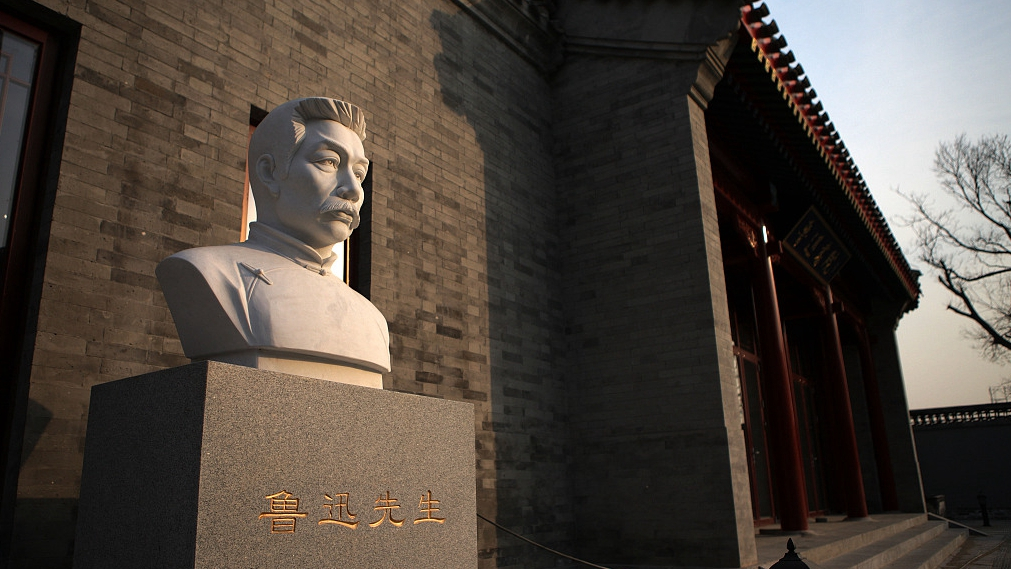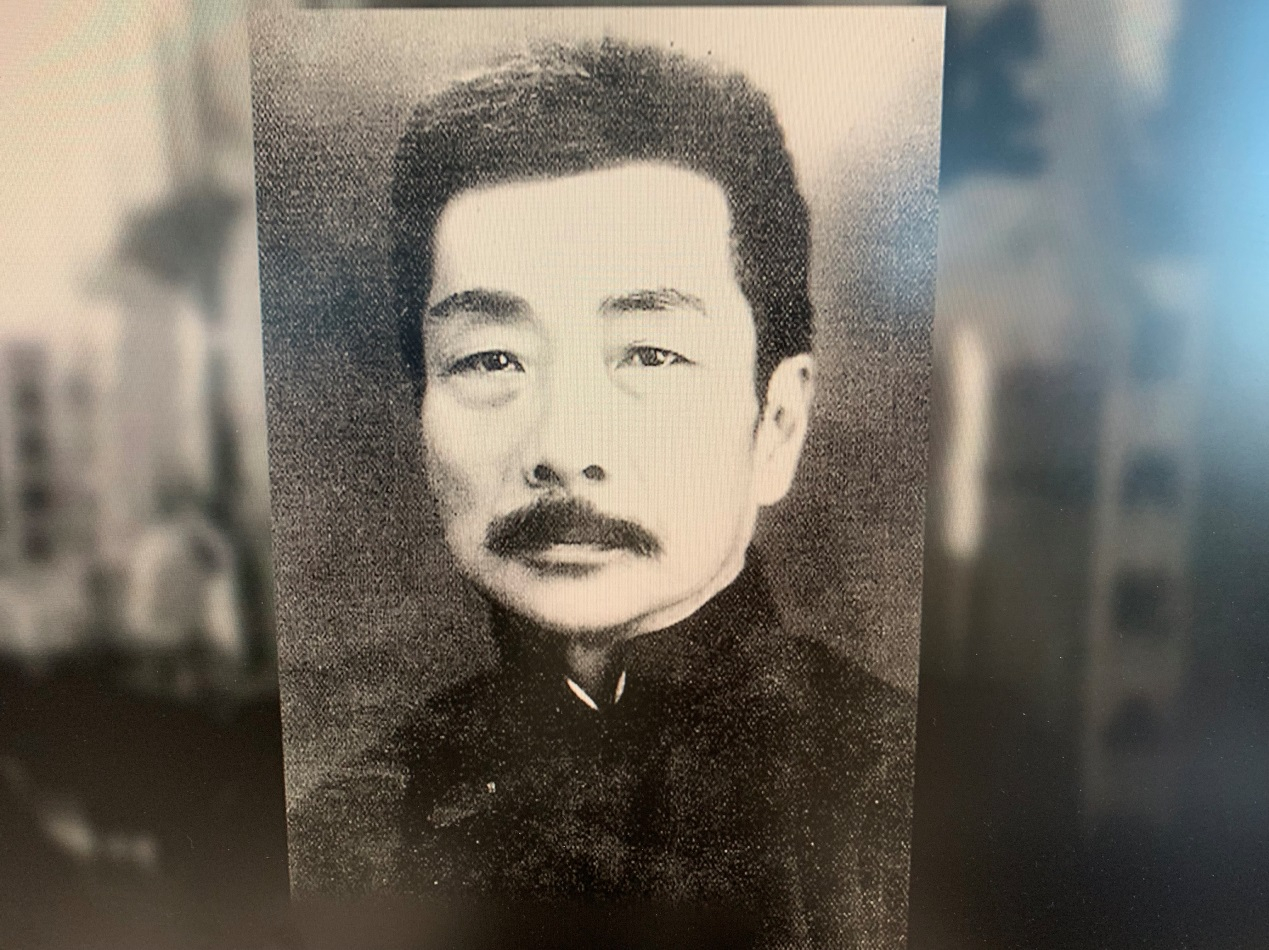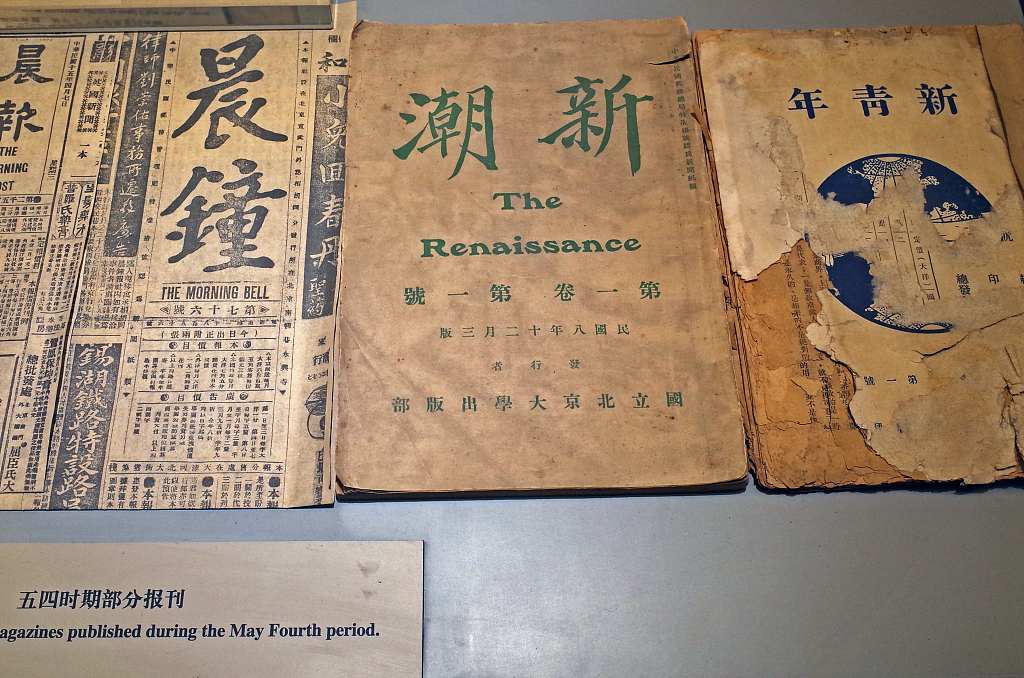
Culture China
18:16, 30-Apr-2019
May Fourth Movement: Remembering Lu Xun's literary works and contributions
Updated
19:01, 30-Apr-2019
By Yang Yan, Yang Ran
02:23

Lu Xun, considered to be the greatest figure in 20th-century Chinese literature, produced a number of classical works during the New Culture Movement. This year marks the 100th anniversary of the May Fourth Movement – which occurred during the New Culture Movement.
In remembrance of the event and Lu's works, we took a trip to his former residence in Beijing.
Located in the western part of the city, the Beijing Lu Xun Museum was the literary master's former residence.
Between 1924 and 1926, Lu lived here and planted two lilacs. The flowers still blossom every spring, and can be smelled in every corner of the courtyard.

A portrait photo of Lu Xun. /Photo provided to CGTN
A portrait photo of Lu Xun. /Photo provided to CGTN
One night in 1924, Lu wrote a prose poem here, entitled "Autumn Night." It was a time when the democratic revolution was at a low ebb and the New Culture Revolution was separated. Lu Xun felt alone and hesitant.
"In 'Autumn Night,' he
was describing two date trees in the backyard. He wrote: 'There is one date
tree. There is another date tree.' If you read it now, it seems repetitive. But
in fact, it reflects his mood, depressed and bored," Huang Qiaosheng,
deputy director of Beijing Lu Xun Museum said.
In 1917, the left-wing magazine New Youth moved from Beijing to Shanghai. Qian Xuantong, a Chinese linguist and professor, urged Lu Xun to write for the magazine. New Youth played an important role in initiating the New Culture Movement and spreading the influence of the May Fourth Movement.
Lu's now-famous short story, "Diary of a Mad Man" was published in 1918 in New Youth magazine. It is about the criticism of feudal society, which the madman narrator sees as a "man-eating" society.

Some important magazines that influenced the public during the May Fourth period. /VCG Photo
Some important magazines that influenced the public during the May Fourth period. /VCG Photo
The piece was considered a groundbreaking work of modern literature, attracting immediate attention and helping gain acceptance for the short-story form as an effective literary vehicle. Lu also published 50 more articles in New Youth, including poems, essays and translations.
His works titled "Kong Yiji," "Medicine," "Disturbance," and "Hometown" are also well-known. All these strengthened his status as a great master of modern literature, and exerted profound influence on Chinese culture after the May Fourth Movement.
In 1926, Lu Xun left
Beijing for east China's Xiamen, after facing persecution, but his legacy still lives on
at his residence and in his famous works.

SITEMAP
Copyright © 2018 CGTN. Beijing ICP prepared NO.16065310-3
Copyright © 2018 CGTN. Beijing ICP prepared NO.16065310-3